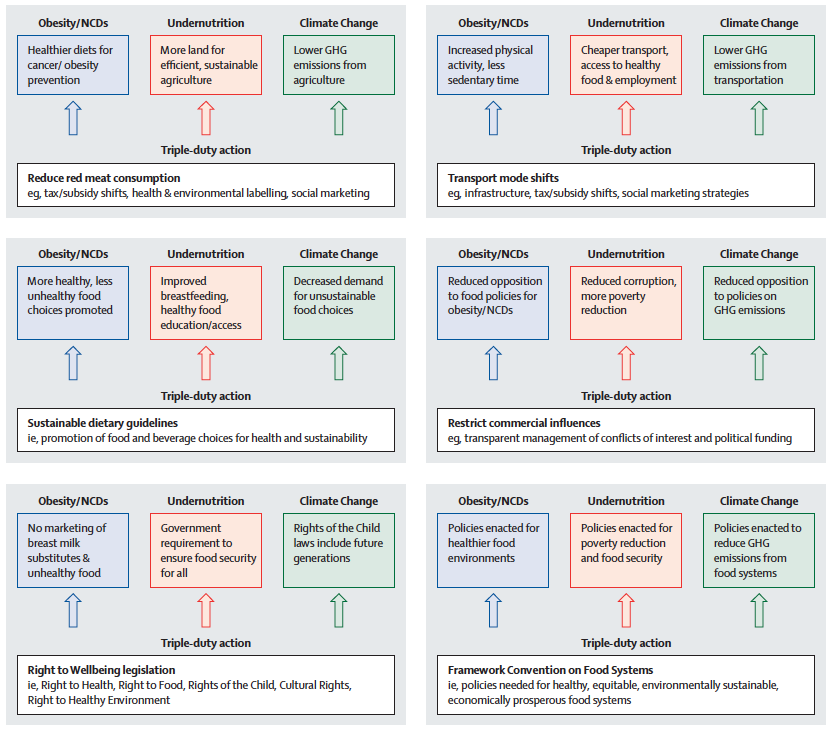CSPI, a DC nutrition watchdog, published a list of celebrities, what they promote, and twitter feeds like Pittbull’s elegant tweets of poetry: “Hanging out at Club23 with Dr. Pepper.” Nas and Drake for Sprite – Obey your thirst. In the ridiculous video, showing lots of young African American men drinking soda, Drake actually credits Sprite with his success. Maybe he should give himself more credit instead of belittling his talent to something so nutritionally deficient. Even the dead cannot RIP. I saw the below ad in the Bronx. Who gave Sprite permission to use Biggie’s image? His estate? Is that even legal?
Kendall Jenner, one of the Kardashians, did a Pepsi ad last year, that infuriated the #blacklivesmatter (BLM) movement. At the end of the commercial, Kendall walks to the front of the protest line, and hands a police officer a Pepsi. There is an exchange of peace, love and understanding. The crowd cheers on Kendall, who has saved the day, ending any resentment and policy brutality. Indeed art imitates life with this ad taking inspiration from a photo of a specific black woman, Leisha Evans, bravely standing up to riot gear adorned police at a BLM protest in Baton Rouge. Live bolder, live louder, live for now. "Pepsi was trying to project a global message of unity, peace and understanding. Clearly, we missed the mark and apologize." Um…yah.
What makes this so infuriating is that they are targeting young, African Americans. But African Americans are not untouched by the obesity epidemic and often, suffer significantly more than other races due to poor access to healthy foods, poverty and inequity. Some stats in case you don't believe me:
African American adults are nearly 1.5 times as likely to be obese compared with White adults.
47.8% of African Americans are obese compared with 32.6% of Whites
More than 75% of African Americans are overweight or obese compared with 67.2% of Whites
35.1% of African American children ages 2 to 19 were overweight, compared with 28.5% percent of White children
#BlackLivesMatter – indeed they do. And if we continue to push junk food and soda on populations, racial health inequities will continue to persist.
On one hand, I understand the pull of profit. Celebrities make bank with these commercials. We could equally criticize all the sports players who promote equally unhealthy sugar sweetened beverages (Gatorade etc) and movie stars promoting fine Japanese whiskey (for a relaxing time, make it Santori time), but picking on pop stars is fun. And they earn so much money already. One Direction, a British pop boy band, was the highest grossing band in 2017 due to touring, which of course is always sponsored by somebody. Do they need to sell Toyota, Coke, and everything else that comes along, to sell their songs and get teenagers to come to their concerts?
I am not judging them. Well, maybe I am. I bet they are all great human beings and many have promoted important causes. One Direction is pushing Action 1 which is getting the young generation to take action and raise their voices to what future they want in the post 2015 development agenda. Commendable. Taylor Swift in her own right is empowering young women #GirlPower! The millennial generation, which Taylor and others are 'labeled' as, is impressive. I know. I teach them every day. What bothers me is the selling of their songs – their “art” – to sell soda. Why? They should really start thinking about their fans. If they want them to continue buying their records, going to their movies, and going to their shows, they should want their pre-pubescent and adolescent fans to be healthy. Especially our girls who are particularly vulnerable to obesity, with life-long repercussions.
We know celebrities care about their own health. They gotta look good with 25million+ Twitter and Instagram followers watching their every move. Most popstars are on special diets, have brutal trainers, do yoga and soul cycle. They probably don’t drink soda or for that matter, consume any sugar. Because well, that is what their personal nutritionist advised them to do…And advice given by "nutritionists to the stars" is ALWAYS of sound scientific evidence (Think Beyonce + Cleanse).
One could argue that there are efforts underway to counter these ads - companies are reformulating sodas to get the sugar content down or using alternative sweeteners, and national and municipal governments are taxing soda at the point of sale. Is this enough? I will write on these topics in some detail at a later date.
And maybe it is all just a bit unethical to be pushing soda on children? Marketing junk food and soda to children is generally considered pretty immoral in some circles, and wreaks of the same tactics used by tobacco to get kids to smoke. Check out this Coke 2018 ad called The Wonder of Us that promotes “the diversity of youth” and “there is a different coke for all of us.” Rafael Acevedo, the group director for Diet Coke in North America said “Millennials are now thirstier than ever for adventures and new experiences, and we want to be right by their side. We're making the brand more relatable and more authentic.”
Maybe celebrities need to be held accountable to what they are selling and to who?Young popstars should take a page from the songbook of Neil Young. Or at least watch "This Notes for You" and his rip on the commercialism of rock and roll.
Ain't singin' for Pepsi
Ain't singin' for Coke
I don't sing for nobody
Makes me look like a joke
This note's for you.
Well sung Neil Young.









